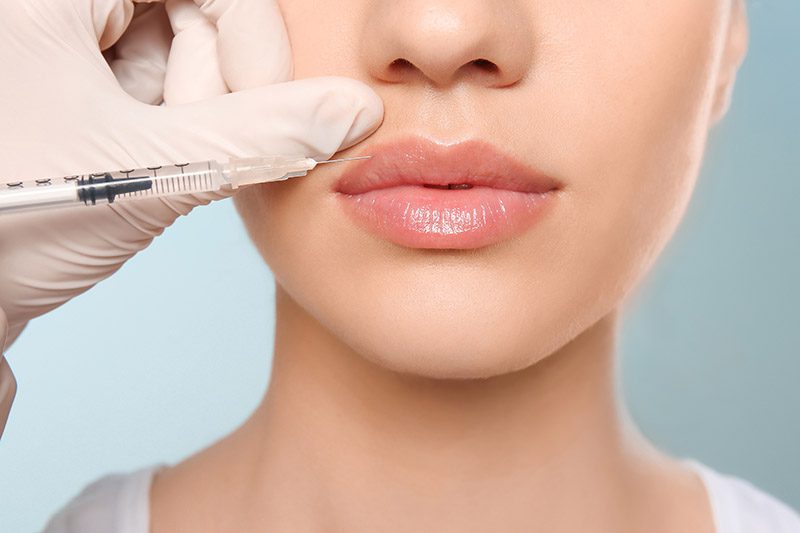
In the quest for youthful, radiant skin, dermal fillers have emerged as a revolutionary solution. These minimally invasive treatments offer a quick, effective way to diminish the signs of aging, restore volume, and enhance facial contours. This article delves into the world of dermal fillers, exploring their benefits, types, and considerations for those seeking to rejuvenate their appearance.
Understanding Dermal Fillers
Dermal fillers are gel-like substances injected beneath the skin to restore lost volume, smooth lines, soften creases, or enhance facial contours. Over the past decade, this cosmetic treatment has gained popularity, offering an age-defying solution for individuals looking to maintain a youthful complexion without undergoing surgery.
Types of Dermal Fillers
There are several types of dermal fillers available, each designed to address specific concerns:
• Hyaluronic Acid (HA): Naturally found in the skin, HA fillers are widely used due to their compatibility and temporary results, lasting from six months to over a year.
• Calcium Hydroxylapatite (CaHA): Typically used for deeper lines and wrinkles, CaHA fillers last up to 18 months and stimulate natural collagen production.
• Poly-L-lactic Acid: A biodegradable synthetic substance, these fillers are considered "collagen stimulators," with results that can last more than two years.
• Polymethylmethacrylate (PMMA): As a semi-permanent filler, PMMA offers support to the skin and is often used for deep wrinkles, furrows, and thin lips.
The Benefits of Dermal Fillers
Dermal fillers provide a range of aesthetic benefits, including:
• Volume Restoration: As we age, our faces naturally lose subcutaneous fat, leading to hollow cheeks and under-eye areas. Fillers can restore this lost volume, resulting in a fuller, more youthful appearance.
• Wrinkle Reduction: Fillers can smooth out wrinkles and creases, particularly around the nose and mouth.
• Contour Enhancement: For those seeking more defined cheekbones or a sharper jawline, fillers can create the desired contours without the need for surgery.
• Lip Augmentation: Fillers can plump thin lips, providing a more balanced and youthful look.
The Procedure and Recovery
The procedure for administering dermal fillers is relatively quick and requires little to no downtime. A healthcare professional will assess your facial structure, discuss your aesthetic goals, and determine the appropriate type and amount of filler needed. The actual injection process takes just minutes, and most patients can return to their daily activities immediately after the treatment.
Potential Risks and Considerations
While dermal fillers are generally safe, it's crucial to seek treatment from a qualified and experienced practitioner. Potential risks include bruising, redness, swelling, and, in rare cases, more severe complications like allergic reactions or infection. It's essential to discuss your medical history and any concerns with your healthcare provider before undergoing treatment.
Conclusion
Dermal fillers offer a versatile and accessible option for those looking to combat the signs of aging and enhance their natural beauty. With a range of products available, individuals can achieve a refreshed and revitalized appearance with minimal risk and downtime. As with any cosmetic procedure, it's important to have realistic expectations and to choose a reputable practitioner to ensure the best possible results.
In summary, dermal fillers stand as a testament to modern dermatological advancements, providing a bridge to the fountain of youth for many seeking to turn back the clock on aging. Whether it's to smooth out wrinkles, restore facial volume, or enhance features, dermal fillers offer a customizable and convenient solution for aesthetic enhancement.




